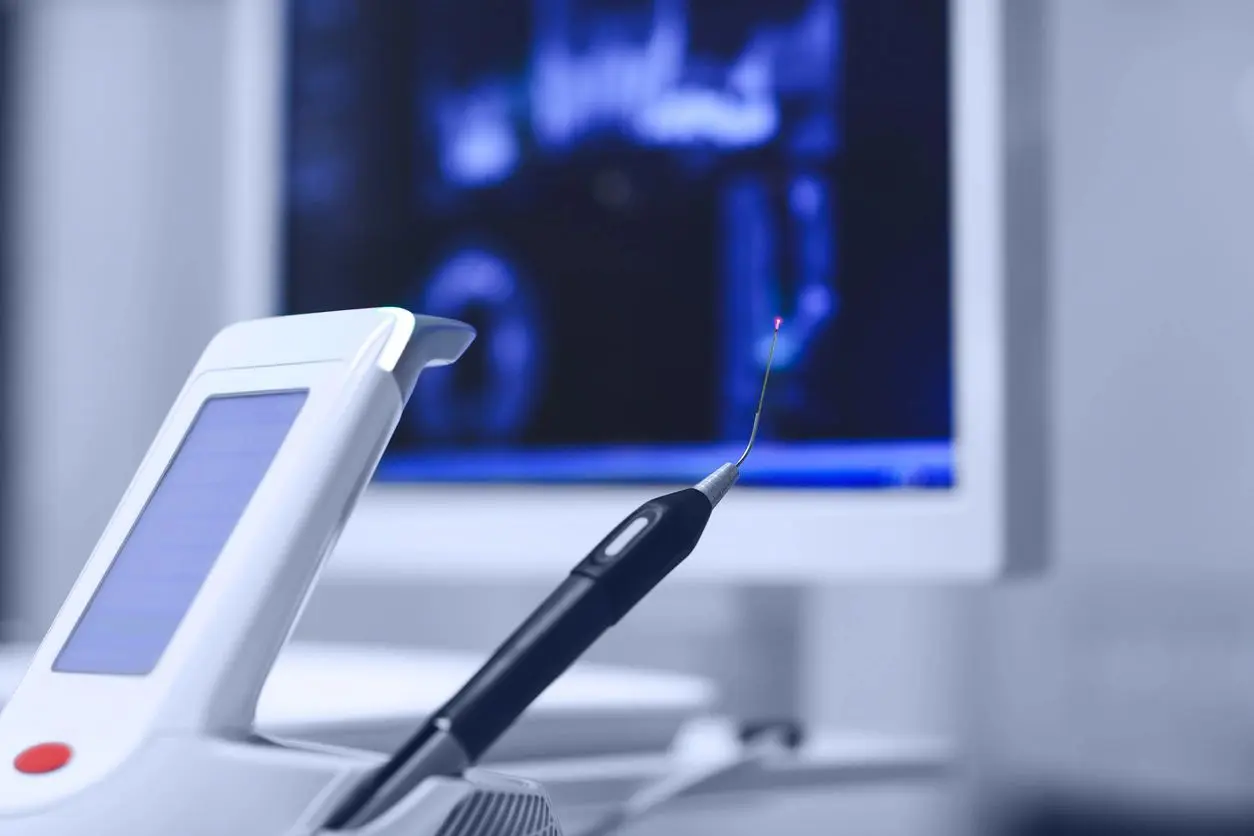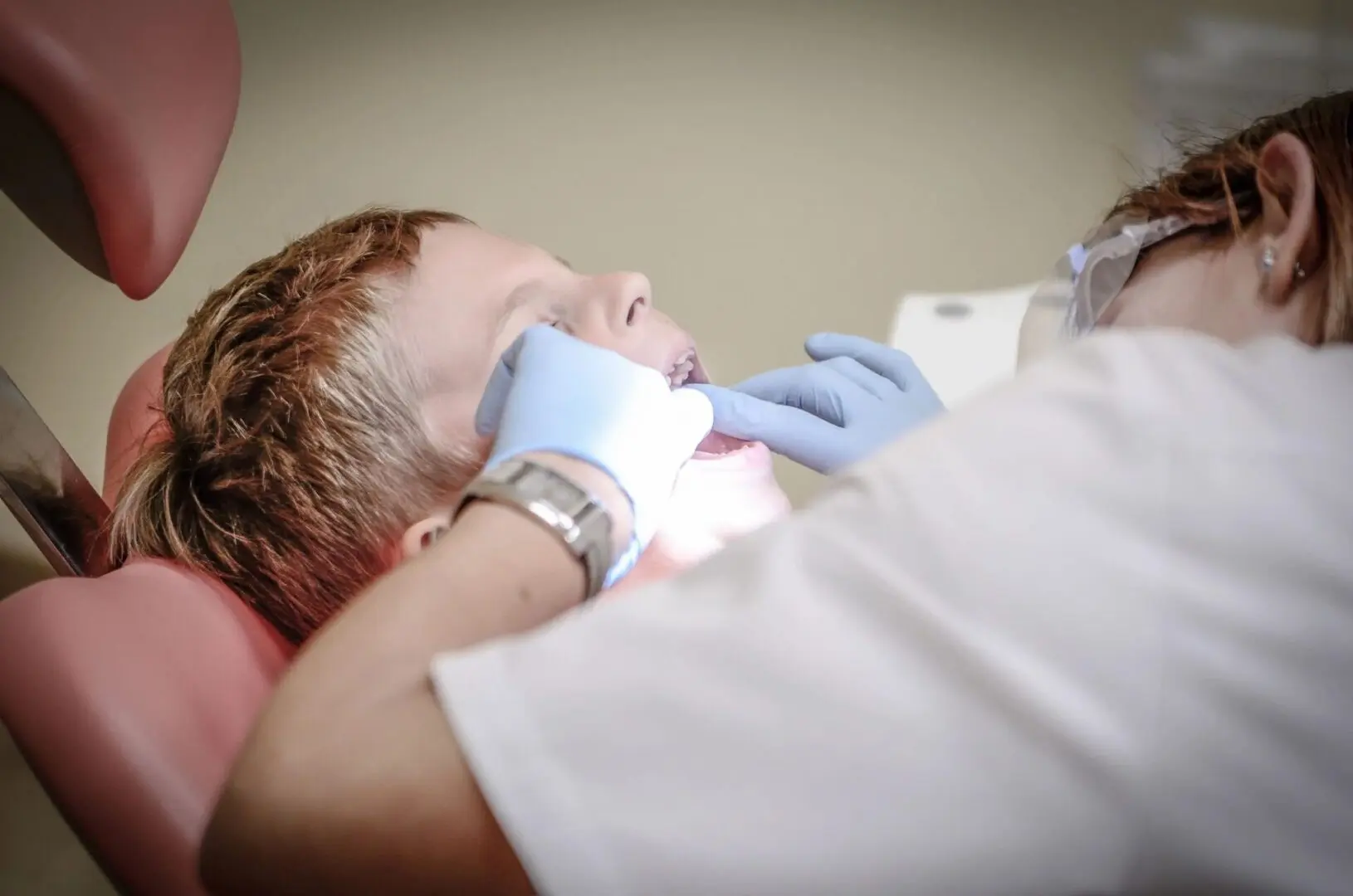

Zirconia by Straumann Dental Restorations
Digital Laser Technology
Smile by Design Dental Studios uses a 3D laser scanner that can scan, dye, model, and acquire jaw and dye situation data.
We can also easily scan even the most complex bridges with very tight interproximal spacing. Using the 3D laser scanner, the margin will be automatically detected and defined.
With 28,000 precise scanning points per second, the etkon™ es1 scanner sets new standards for efficiency.
Straumann's open system - for Nobel Biocare, Procera - Dental Wings - Lava and more!
No Wax-Up and Casting
Using Zirconia cores and frameworks simplifies the process of manufacturing because they can be made without a wax-up or casting.
Milling Materials by Straumann
Zerion™ (zirconium dioxide)
This is a top product for highly esthetic restorations from a single unit to a large span. It's an esthetic material designed for patients that are highly susceptible to a hypersensitivity reaction.
Ticon™ (titanium)
This material has demonstrated biocompatibility for price-conscious patients. It is radio-transparent, low in weight, and has low thermal conductivity.
This material also bonds well with ceramics due to the reduction of the alpha case layer.
Coron™ (CoCr alloy)
It's a material that's an economical alternative in the non-precious metal sector on a cobalt-chromium basis. This has low thermal conductivity and excellent bonds to ceramics.
Polyamide
This type of material is used for temporary restorations. It is a multipurpose resin reinforced with short parallel fibers, whose physical properties remain unaffected by CAD/CAM milling.
Polycon™ ae
This material is also used to create temporary dental restorations. It is a PMMA-based acrylate resin showing high stability and abrasion resistance.
polycon™ cast
This is a material that is filler-free acrylate. It represents the alternative to conventional crown and bridge wax-up.
The Manufacturing Process
- Model Work: We pour and trim the model during the model work.
- 3D Scanning: We use a laser scanner to produce a 3D computer image (computer model).
- Computer Design: The Computer Design Stage – The zirconia crowns, bridgework, or frameworks are designed in our laboratory aided by a computer and specialized software.
- Precision Milling: The Milling Stage – The information is sent to the milling machine to produce the zirconia restorations.
- Sintering Stage: The Zerion blank is milled. The work is then placed into a high-temperature furnace for sintering.
- Veneering Porcelain Detail: The crown, abutment, or framework is completed and detailed with finishing porcelain, either felspathic or pressed ceramic.
Crown Prep - Zirconia Core
Even at a thickness of 0.4mm, zirconia cores are extremely strong and can withstand pressures up to 1300 MPa. For this reason, a standard PFM preparation is all that is necessary.
Brief crown prep details are:
- Anatomical Prep Design: Restore tooth defects, cusps, etc.; this establishes a base for the uniform thickness of zirconia.
- Anterior/Posterior Prep: 1.6mm labial/lingual, 2mm incisal/occlusal
- Margins: A distinct chamfer or rounded shoulder of 1mm minimum with a standard 4-degree taper
- Bruxism contraindicates all-ceramic restorations
Bridge Prep - Zirconia Core
The tooth preparation for bridgework is similar to that for a standard PFM crown.
The preparations needed are as follows:
- Framework crown/pontic connectors must be 9 sq. mm
- Bruxism contraindicates all-ceramic restorations
Get in Touch With Us Today
Contact us for more information about our Zirconia dental restoration solutions. We look forward to helping you smile confidently!